Location: Mitcham, South Australia
In 1882 there was a series of drinking fountains located along the pipeline between Mitcham and Adelaide.
Under the big oak tree near Brownhill Creek at White Bridge there is a cast-iron drinking fountain which was one of the original drinking fountains and part the Mitcham Water Works built in 1879. For 50 years water was provided from Ellison’s Gully through the valley using a piped-water network. A second fountain was adjacent to the Chapel footbridge where children attending the school used to drink.
The fountain was a tall slim pillar with a hexagonal cap. Water was accessed via a spigot between two rings.
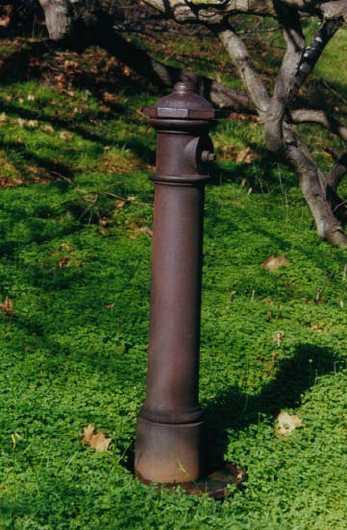
A drinking fountain commemorating Charles Wright stands on Princes Road & Torrens Street at the Mitcham Village Institute. The fountain is a tall slim pillar with a hexagonal cap terminating in a cone shaped finial. A basin was located midway. The sculpture of the upper part of a mermaid with arms stretched back sits above the basin. Directly above the mermaid is a circular armoria with commemoration: This replica drinking fountain recognises the / outstanding contribution which / Charles F. Wright, A. M., / Past President and Paul Harris Fellow / of the Rotary club of Mitcham / has made to Australia, the State of South / Australia and the City of Mitcham / with special emphasis on our heritage. Charles made the pattern used for the casting of / this replica and two originals / which are located in Sutton Gardens / and the Mitcham Reserve. An annular trough at ground level captured overflow water for use by dogs.
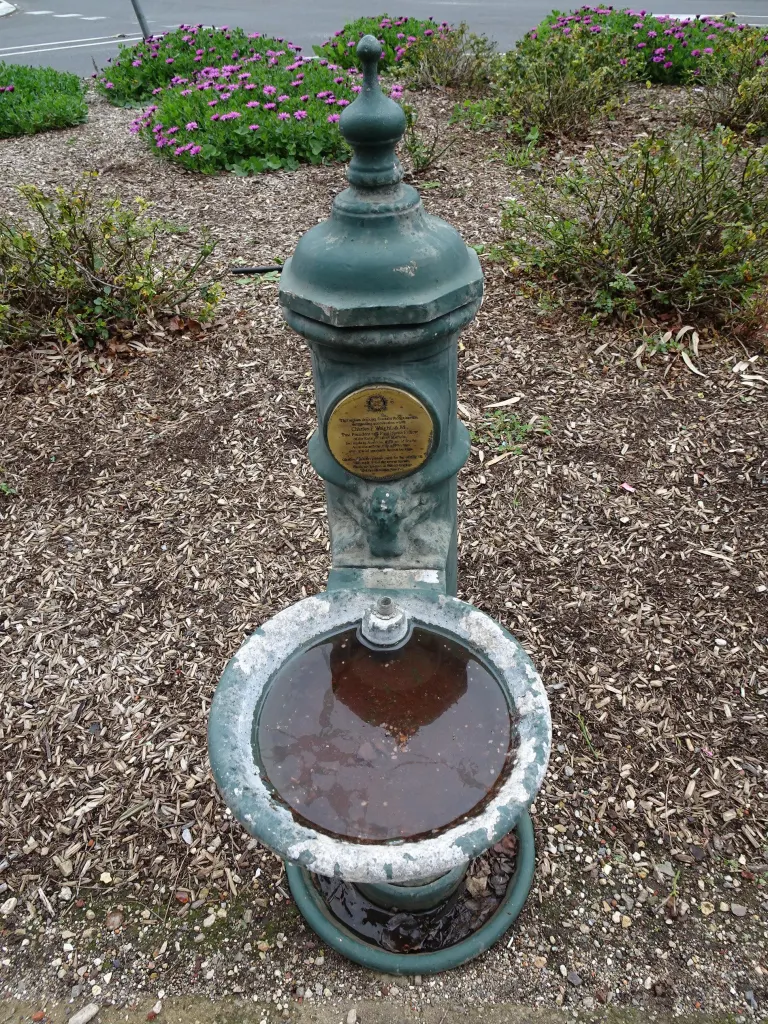
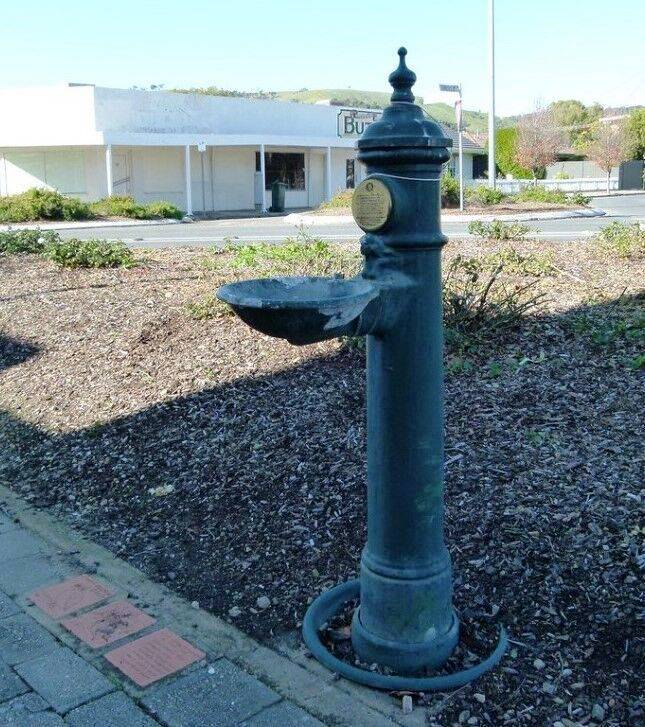
A similar fountain is located on the Albert Street side of Sutton Gardens, also with a hexagonal cap terminating in a cone shaped finial. The sculpture of the upper part of a mermaid with arms stretched back sits above a basin. Directly above the mermaid is a circular armoria identifying Rotary Club of Mitcham. An annular trough at ground level captured overflow water for use by dogs.
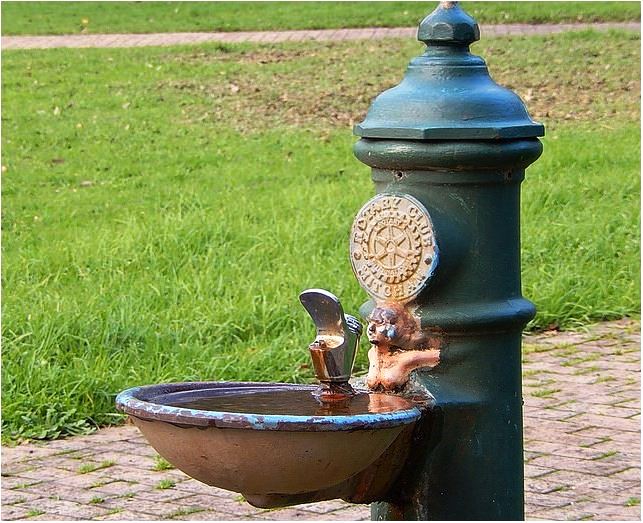
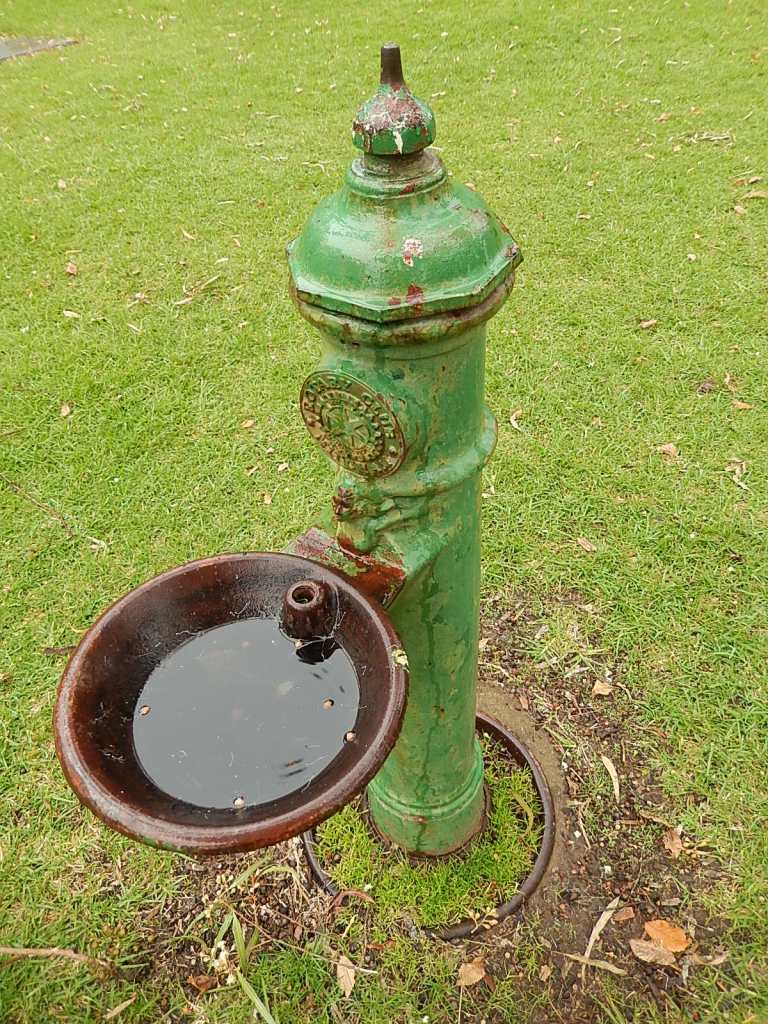
Glossary:
- Armoria, shield, coat of arms, crest
- Annular, ring-shaped
- Finial, a sculptured ornament fixed to the top of a peak, arch, gable or similar structure








